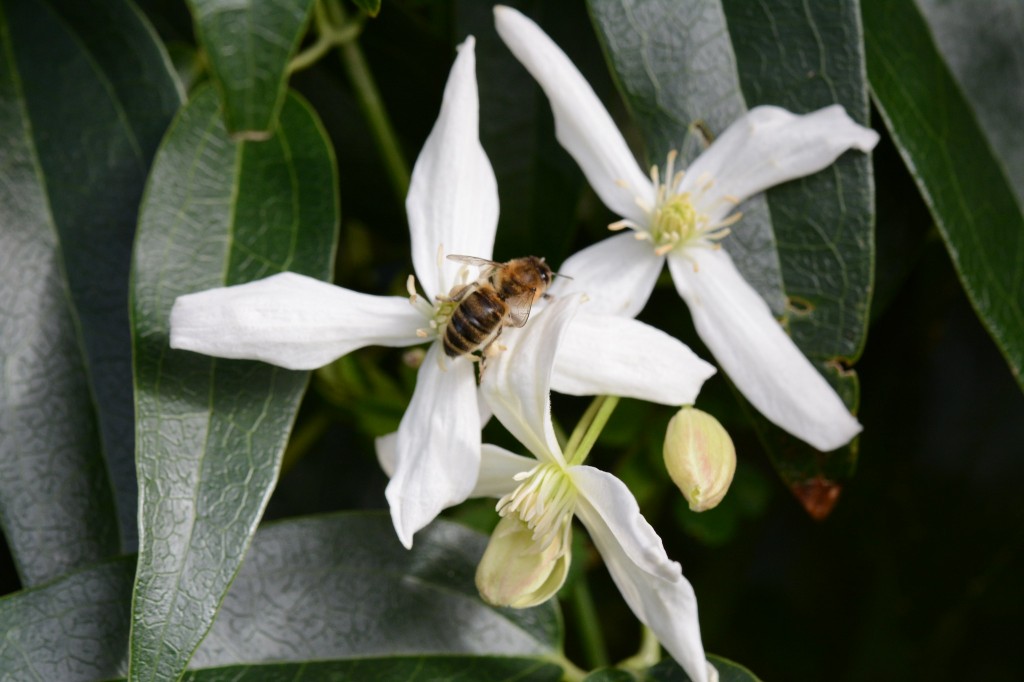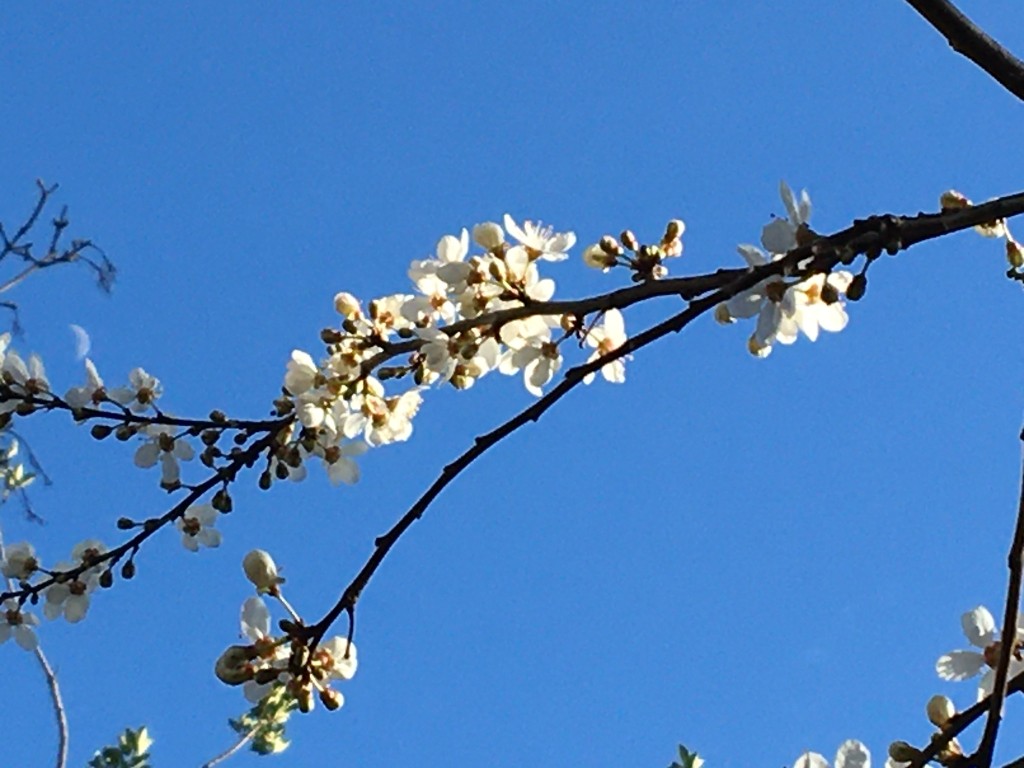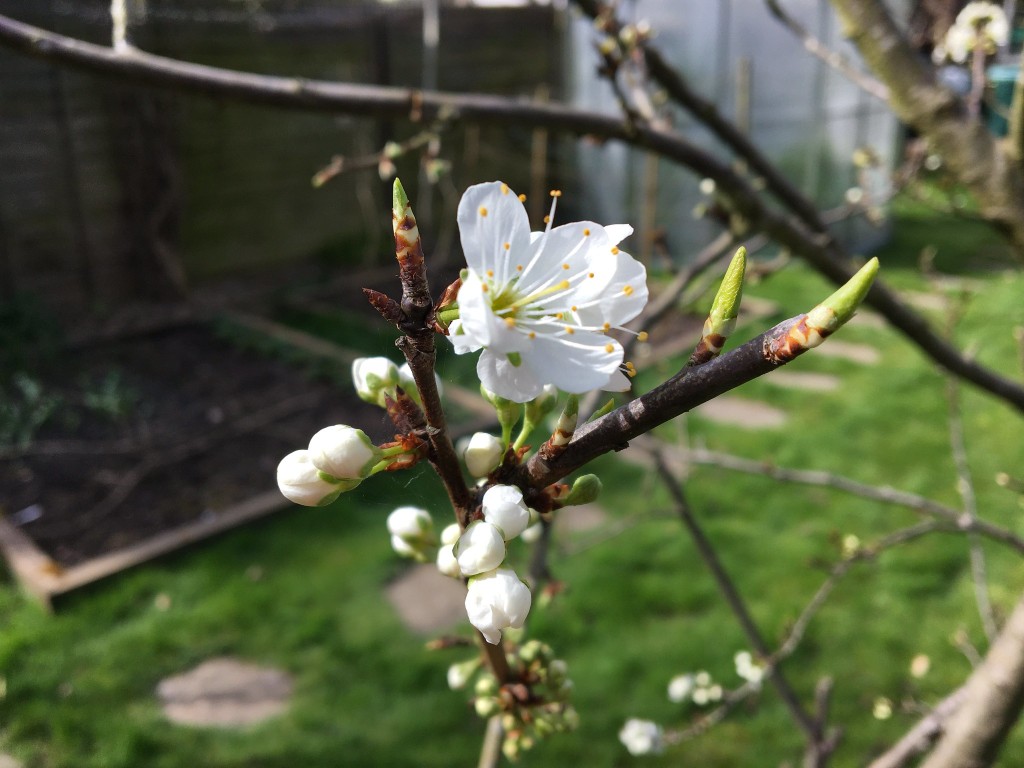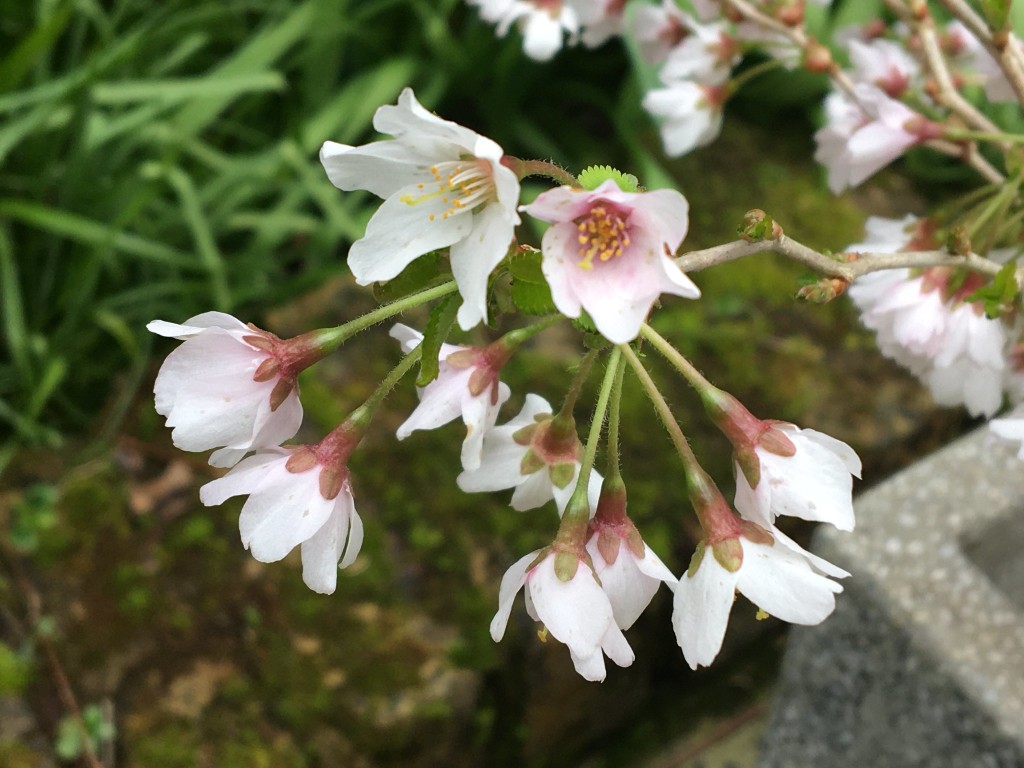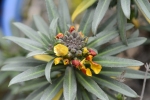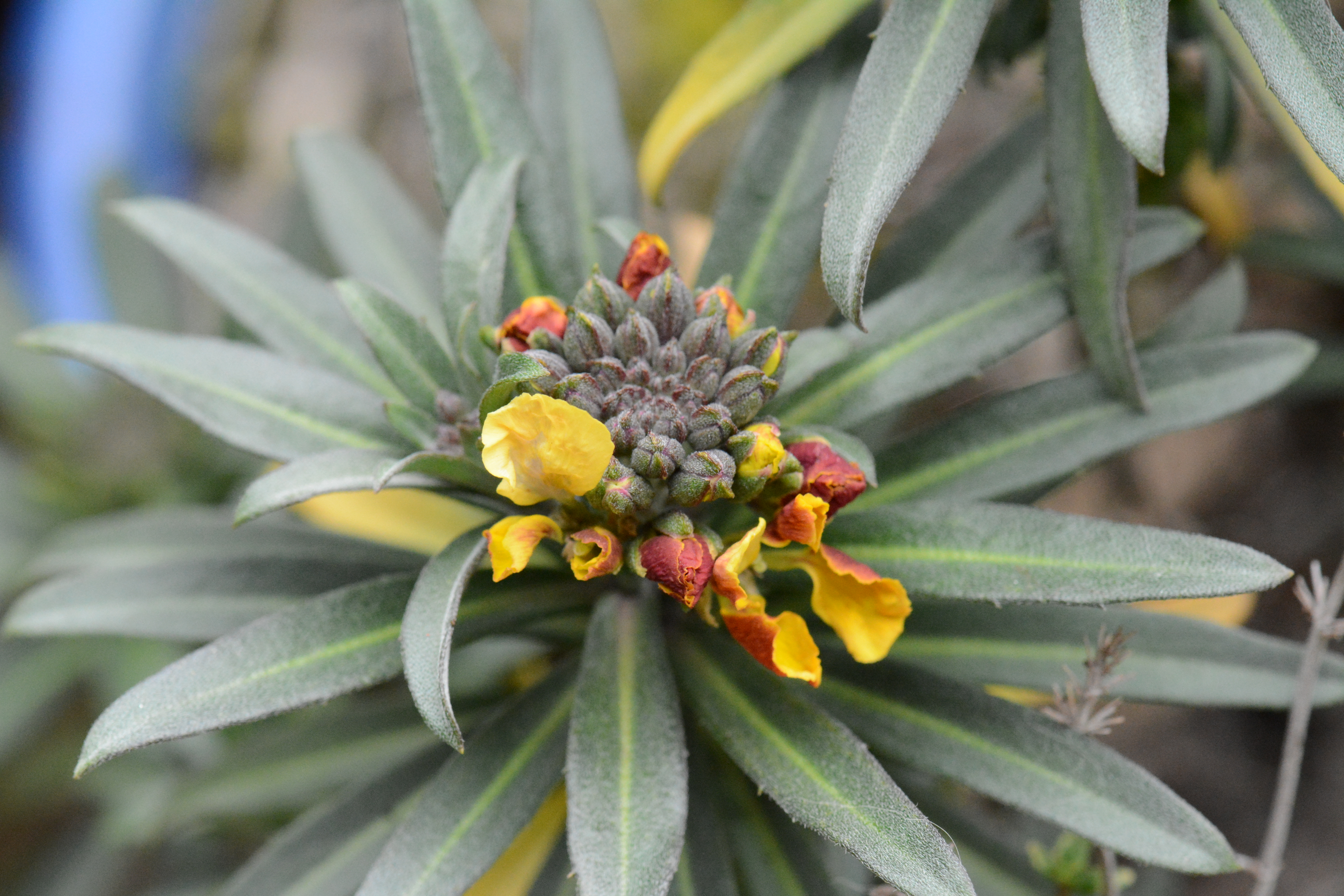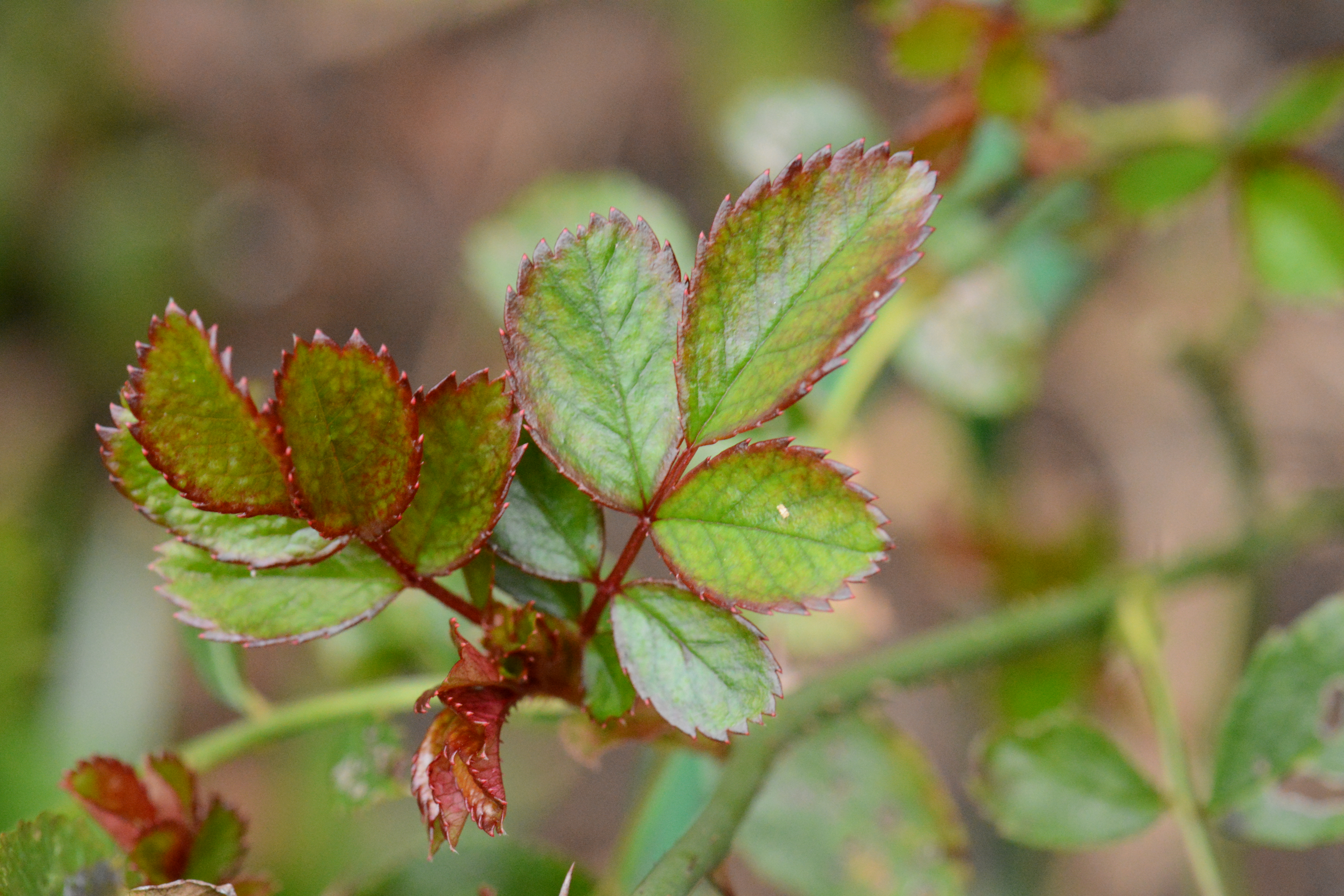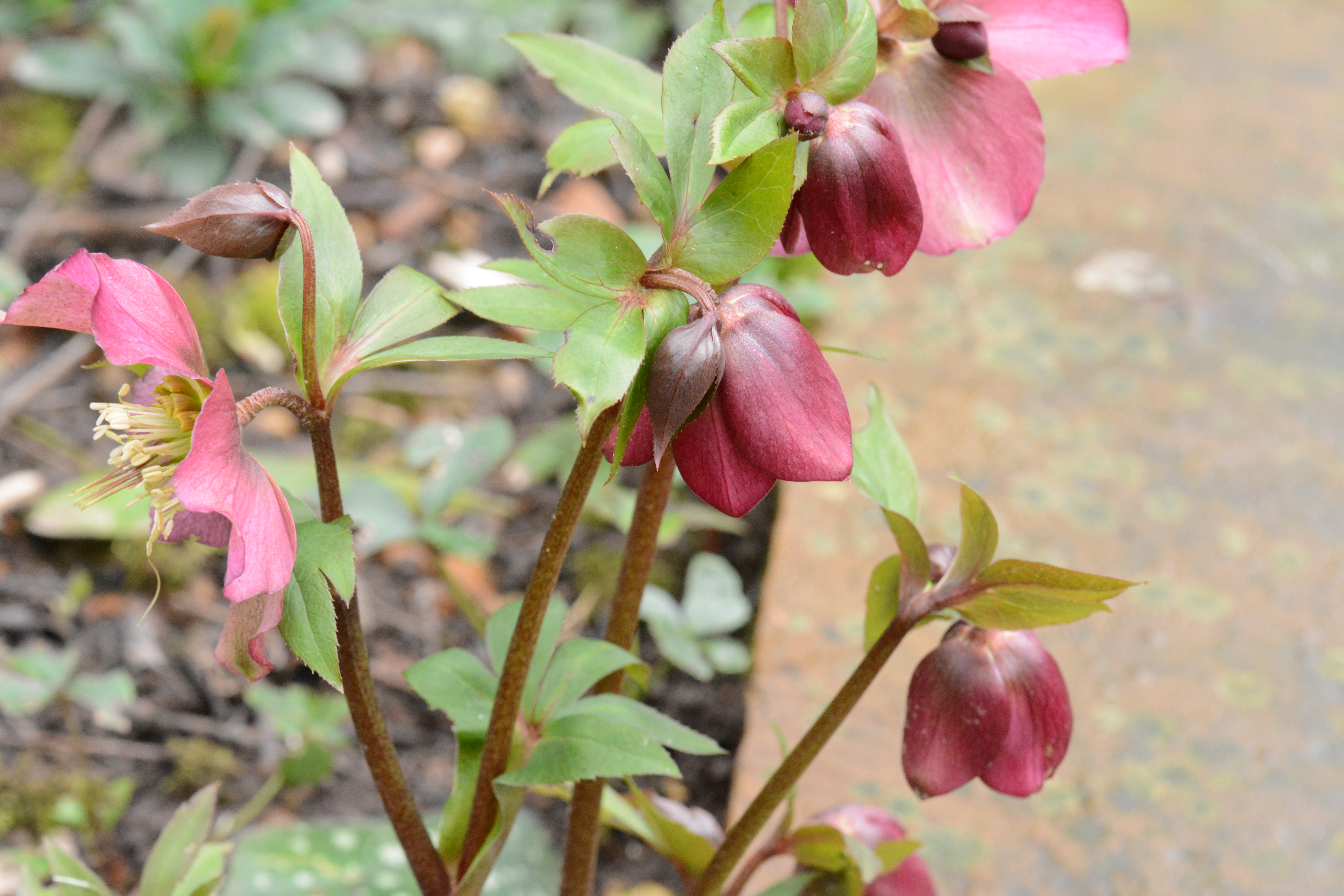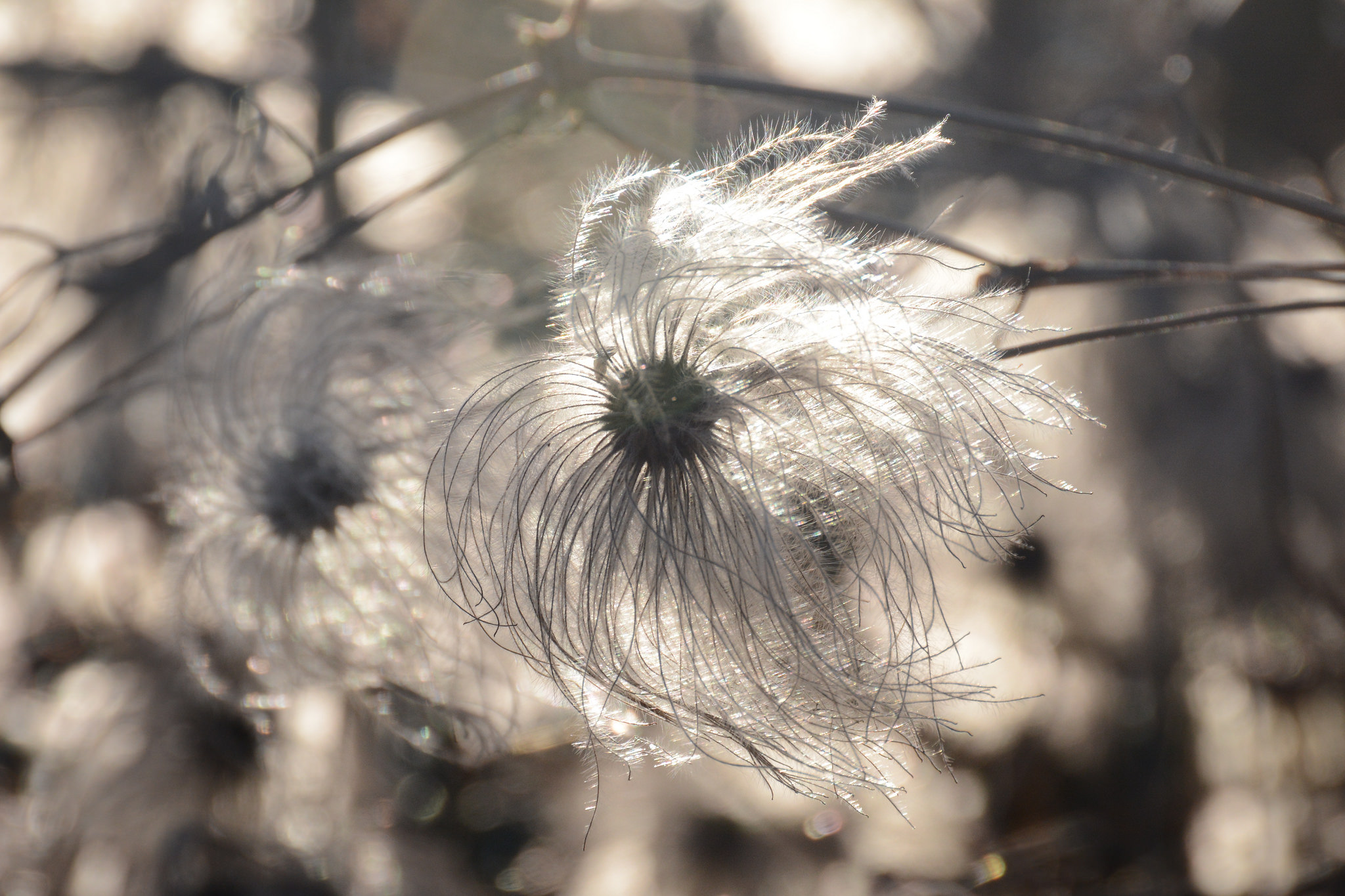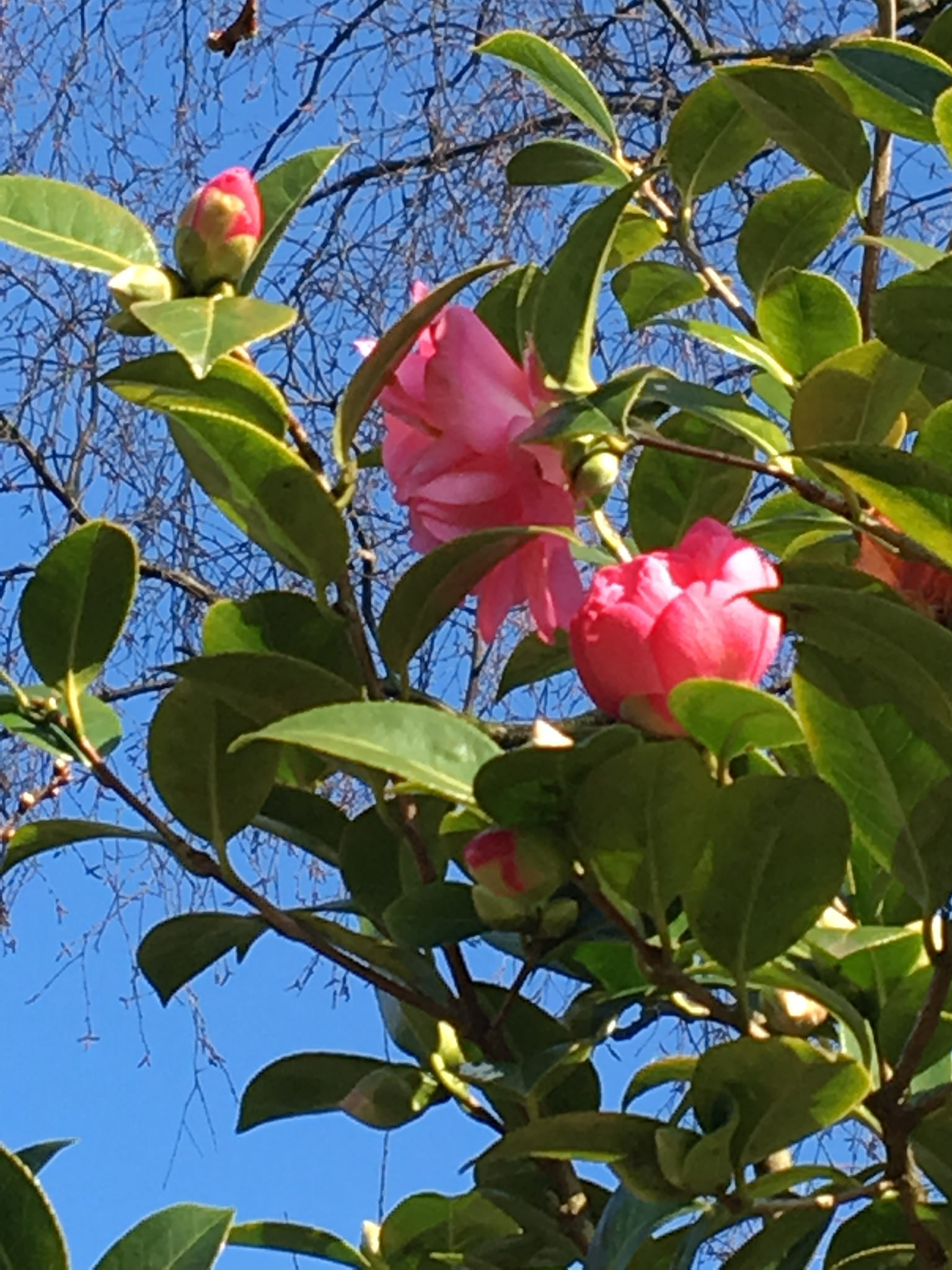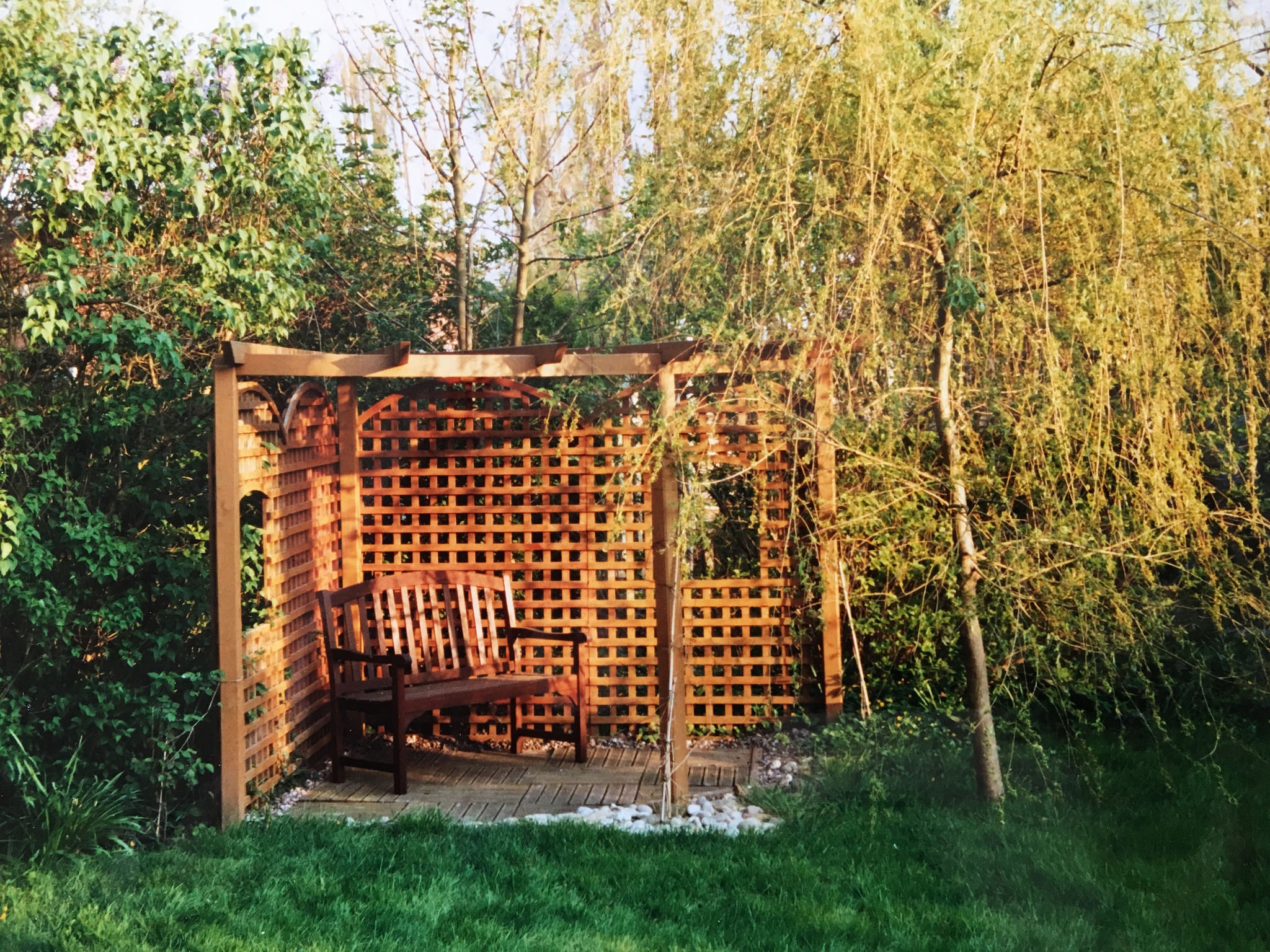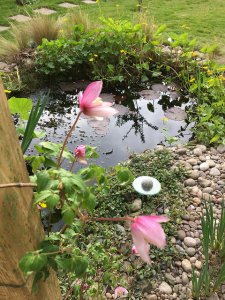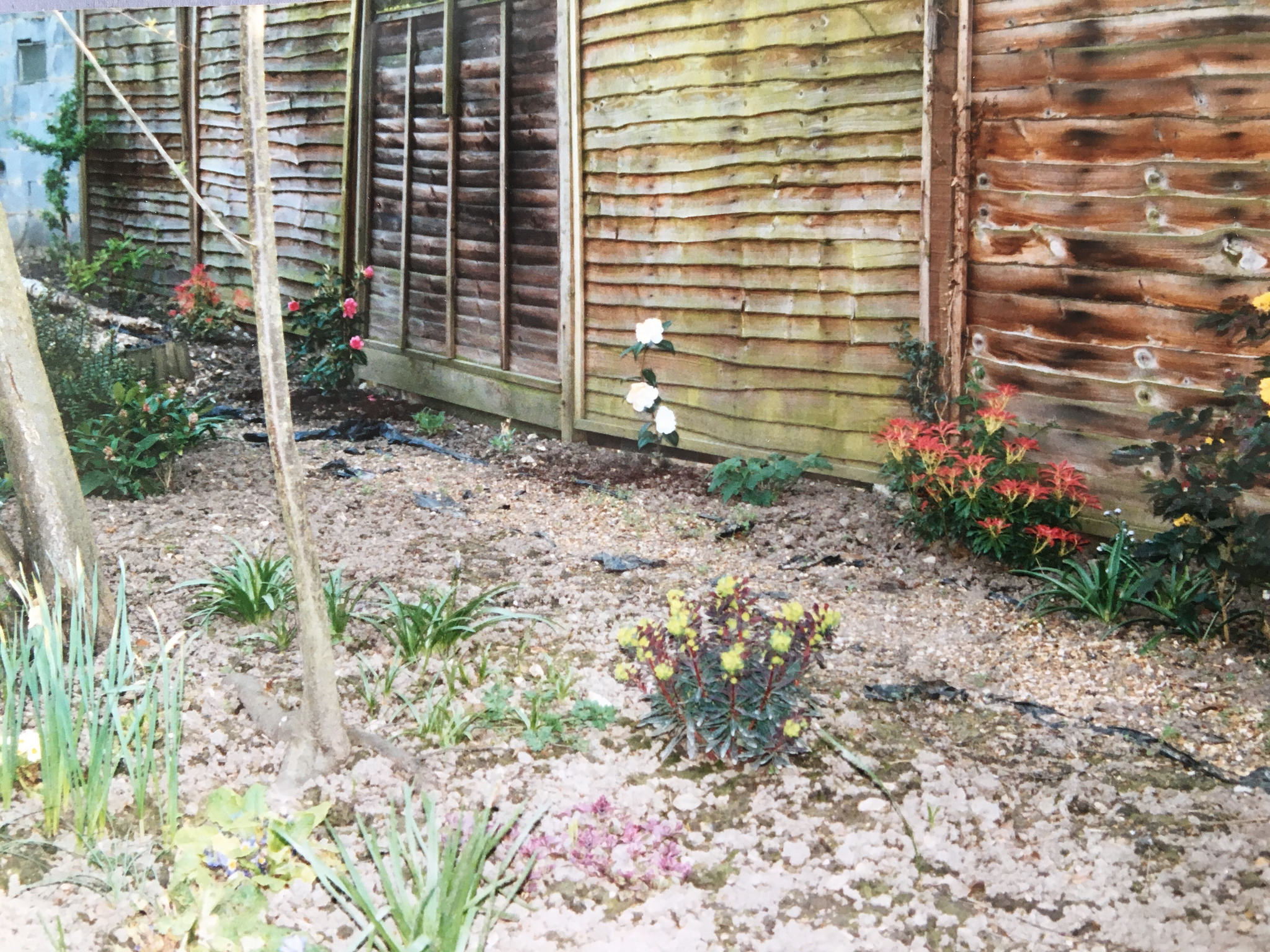May brings flocks of pretty lambs
Skipping by their fleecy dams.
I think it’s fair to say that you’re unlikely to see many skipping lambs in and around either Hounslow or Whitton these days and certainly not in my garden! However, I do have rather fond memories of an overnight stay in the Lake District at a rather unusually named pub if I remember correctly (possibly the Eagle and Child near Kendal) where unseasonably warm April weather meant that we sat outside in their beer garden (in the days when you could choose between sitting outside or in!) from which we were entertained all evening by gambolling lambs!

In the gardening world, May is normally associated with the Chelsea Flower Show but currently this is planned for September for the first time in its history. Chelsea normally means alliums. Lots of those purple pompoms on sticks that contrast so vividly with the acid greens of spring foliage. We’ve grown quite a few alliums in the garden over the years with varying success. We have plenty of Allium Purple Sensation which have multiplied but we’re also rather fond of Allium Roseum which, as its name suggests, is a light rosy pink. It’s also a more open flower that the usual tight globes. I’ve yet to be tempted by any of the giant Alliums that you see around. If you have any of the smaller globe types, such as Purple Sensation, let the flowerheads dry out after flowering and try to keep them intact through the autumn. Last year we succeeded in doing this and John was then able to spray the seed heads silver to decorate our Advent crown.

I’ve often mentioned how I’m drawn to purple flowering plants and May is when the flower border really does turn purple. As well as the alliums, it’s time for the geraniums to get going and we have some very large clumps of Geranium Johnson’s Blue which isn’t blue at all. Like many geraniums (cranesbill), this one will spread anywhere and take over the entire garden given the chance so I crawl around on hands and knees teasing out its running roots every spring to try to maintain some order!
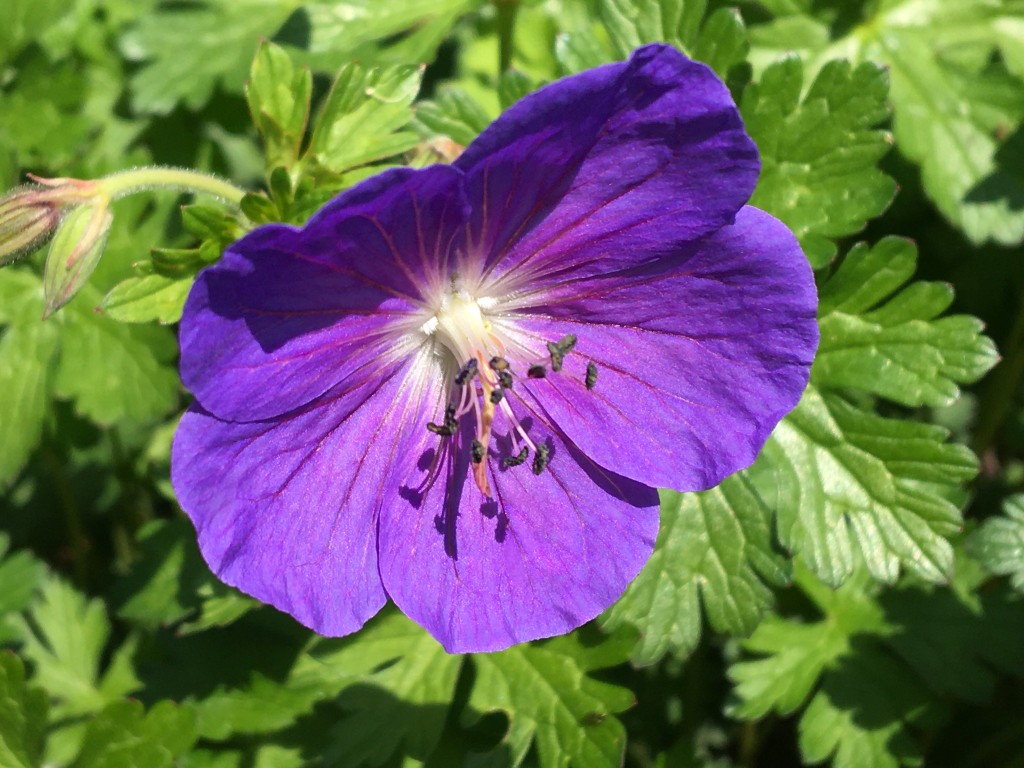
I’ve gradually come to realise that if a geranium is happy, it will quickly turn into a thug! A few years ago we visited the garden belonging to the parents of newsreader Sophie Raworth. I saw a very unusual deep pink geranium that I liked. It took a white to track this down but John eventually located it in a small specialist nursery and gave it to me as a birthday present. It has the extremely wordy title of Geranium oxonianum thurstonianum and is described by the RHS as “a vigorous perennial”. Three years ago it arrived in a small 5cm square pot. The clump is now at least 50cm across! Thankfully it’s very pretty and flowers its socks off!

Another more recent purple acquisition and favourite is Centaurea Jordy. Centaurea is the posh name for perennial cornflowers or knapweed. I’m afraid that I’m of the generation where mention of the word ‘knapweed’ conjures up Constable Knapweed from the children’s TV series ‘The Herbs’ (very educational!) This cornflower is a deep, dark, beetrooty purple. It’s great for bees, butterflies and other beneficial insects. Unfortunately it does have a tendency to develop mildewy leaves and to be nibbled by those insects so sadly mine always seems to start the spring well but then falters. May be this year will be different?

Sticking with the colour purple, Clematis Niobe should also be in flower in May. I used to rate clematis as my favourite plant and we have lots of different varieties around the garden. It would even be true to say that we have some form of clematis in flower every month of the year. However, if it is my favourite plant, then it does seem some years since I added a new one. Perhaps the empty fence behind where the birch tree used to be is crying out for one?

I’m also hoping that our Wisteria Amethyst Falls will produce some decent flowers this year. Often advertised as ‘abundantly flowering’, I would disagree! We chose this variety as we don’t have an appropriate spot for a huge, traditional wisteria. This one is certainly smaller and lower growing but it’s also been quite difficult to establish and persuade to flower. In its defence, it could be that it’s being drowned out by an over-enthusiastic cotoneaster growing alongside.

Finally, I mentioned the Raworth’s garden above which we visited as part of the National Garden Scheme. We all need some different gardens to visit this year so please do consider booking a visit to an NGS garden. These openings of private gardens help to raise huge sums of money for health charities such as Macmillan, HospiceUK, Marie Curie and Parkinson’s. Whether the garden you choose to visit is large or small, I promise you won’t be disappointed!




